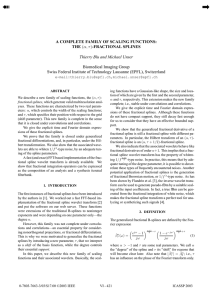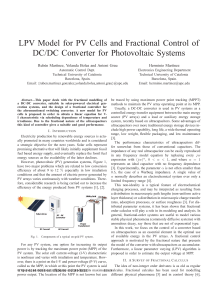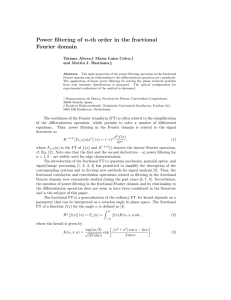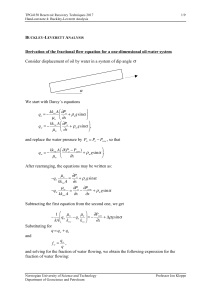August 31, 2000 PHY
advertisement
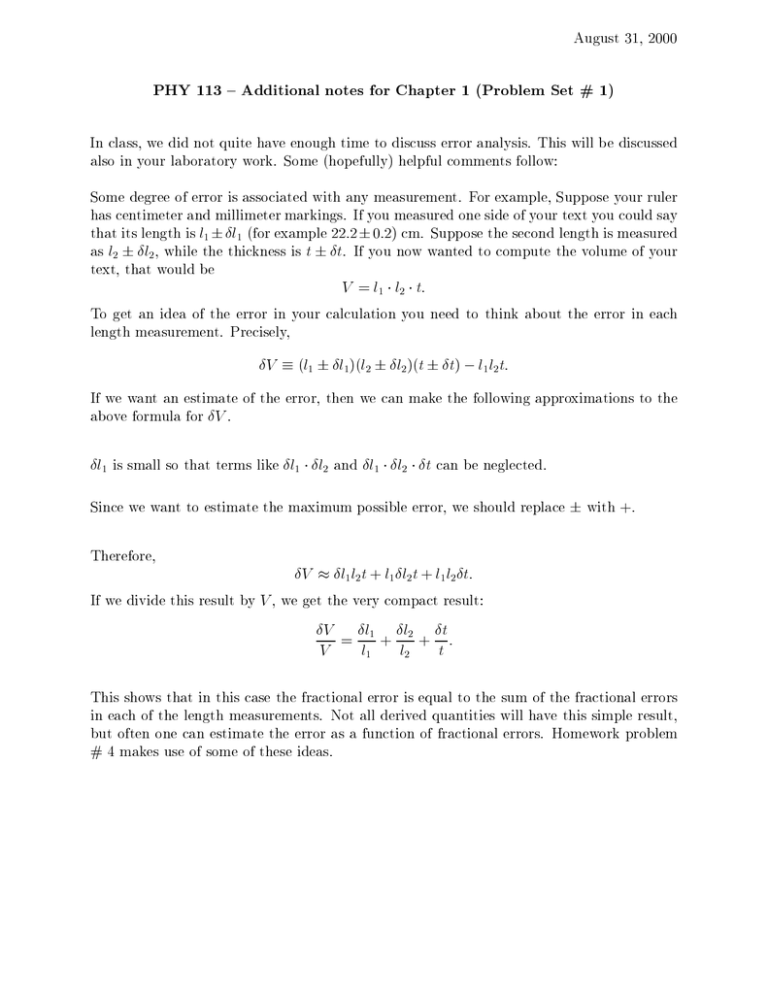
August 31, 2000
PHY 113 { Additional notes for Chapter 1 (Problem Set # 1)
In class, we did not quite have enough time to discuss error analysis. This will be discussed
also in your laboratory work. Some (hopefully) helpful comments follow:
Some degree of error is associated with any measurement. For example, Suppose your ruler
has centimeter and millimeter markings. If you measured one side of your text you could say
that its length is l1 Æl1 (for example 22:2 0:2) cm. Suppose the second length is measured
as l2 Æl2, while the thickness is t Æt. If you now wanted to compute the volume of your
text, that would be
V = l1 l2 t:
To get an idea of the error in your calculation you need to think about the error in each
length measurement. Precisely,
ÆV (l1 Æl1 )(l2 Æl2 )(t Æt) l1 l2 t:
If we want an estimate of the error, then we can make the following approximations to the
above formula for ÆV .
Æl1
is small so that terms like Æl1 Æl2 and Æl1 Æl2 Æt can be neglected.
Since we want to estimate the maximum possible error, we should replace with +.
Therefore,
ÆV
Æl1l2 t + l1 Æl2t + l1 l2Æt:
If we divide this result by V , we get the very compact result:
ÆV
V
= Æll 1 + Æll 2 + Ætt :
1
2
This shows that in this case the fractional error is equal to the sum of the fractional errors
in each of the length measurements. Not all derived quantities will have this simple result,
but often one can estimate the error as a function of fractional errors. Homework problem
# 4 makes use of some of these ideas.


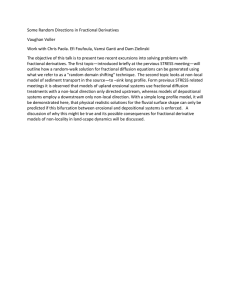

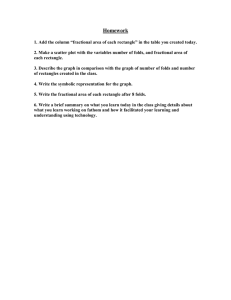

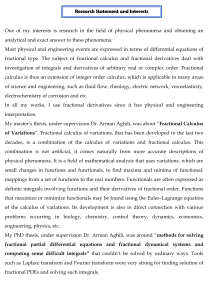
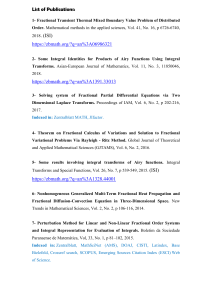
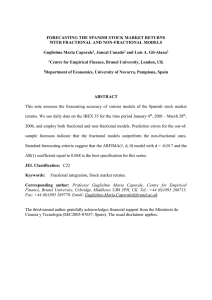
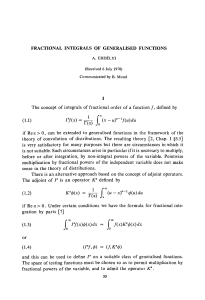
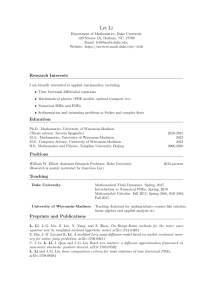
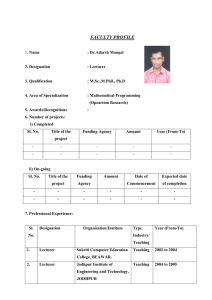
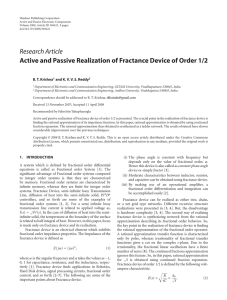
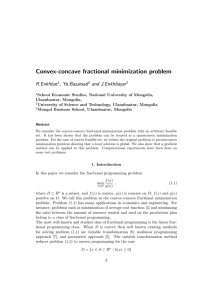
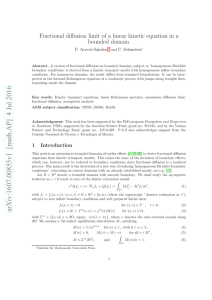
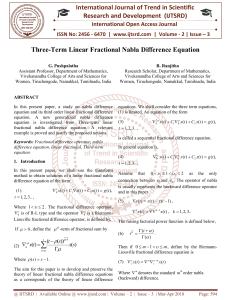
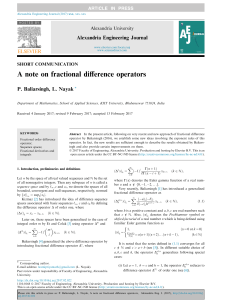
![arXiv:math/0007155v1 [math.OC] 26 Jul 2000](http://s2.studylib.net/store/data/018302470_1-3af8d815b0cd5a27a402abd2b822d1b0-300x300.png)
